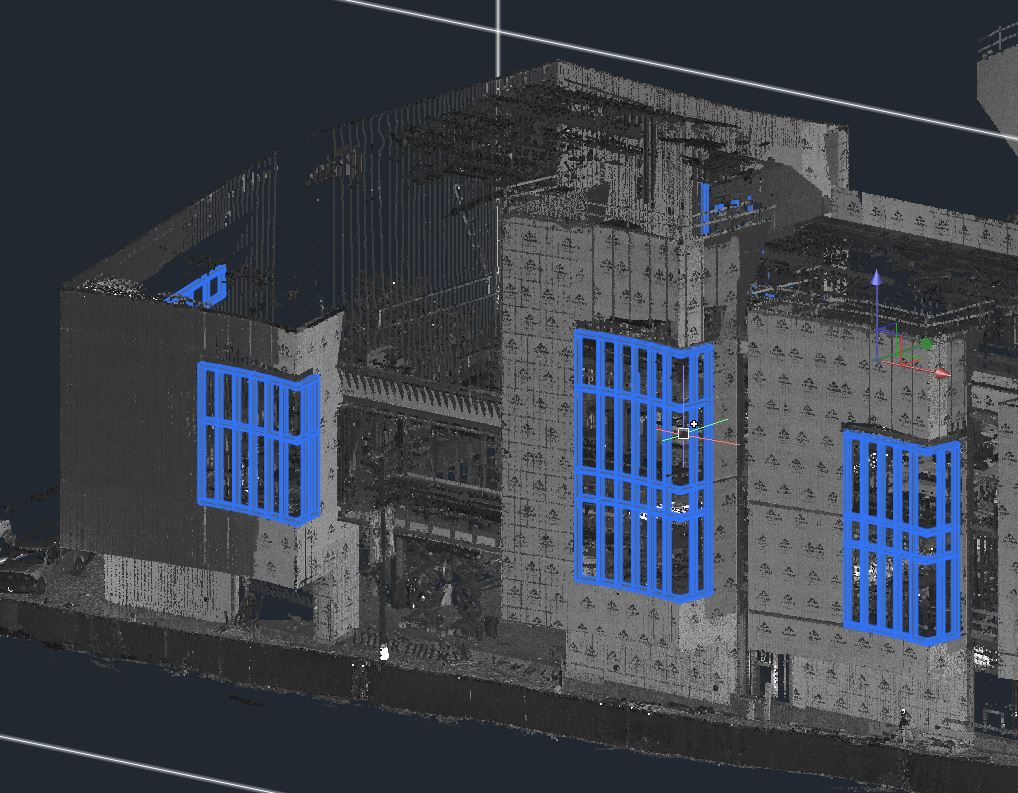Words: Vanessa Salvia
Photo: CAD BLOX
Technology can move many things along faster by reducing time, cost, and guesswork in various projects and industries. The same is true of the masonry industry, which has tools such as BIM-M and apps like Masonry iQ, developed by CAD Blox LLC. Tom Cuneio, CAD Blox software owner, also created software that became 3DiQ and MasonryiQ, a Revit plugin.
The Building Information Modeling for Masonry Initiative (BIM-M) is an international effort between the United States and Canada’s masonry industries. BIM-M asked CAD Technology Centers to develop software for model-driven masonry design and construction. The Masonry Content Pack, which includes a free Revit plugin and the Masonry Unit Database (MUD), a website, and a Revit plugin, results. Cuneio’s Masonry iQ plugin 3DiQ is another BIM-related tool.
CAD Blox is a private consultancy in Missouri that provides BIM services to the masonry industry. Masonry iQ was released in 2017. MasonryiQ is a powerful tool for creating 3D models with masonry-specific wall types, stock or custom bond patterns, and computer analysis of wall geometry, including corner bonding. The tool provides the ability to select real-world masonry materials and place the choices directly into the design. The Masonry iQ plugin sets up walls in minutes and even shows the texture of blocks and bricks and how sunlight changes the wall’s look throughout the day. To date, the company has worked on more than 500 BIM-related commercial jobs. Currently, they’re working on major league soccer stadiums in St. Louis and Nashville and the Los Angeles and Denver airports.
“These are all very large, coordinated projects with masonry very actively involved with all the other trades,” says Cuneio. They also regularly get calls about doing LIDAR scans. In 2021, Cunieo expects to see continued growth and coordination. “We have new contractors, probably every month or so, that reach out and are being asked to do coordination with other trades. There’s steady growth in that area.”
The design community has embraced Masonry iQ, and it’s giving them layout, cause movement, Joy patterns, all the features that are now being used in projects.
There are now more than 25 block producers with content in the plugin, with representation throughout the U.S. The plugin includes ground face blocks, split face block, brick, and more. “It includes the different materials that designers want to use, and that was a big growth step for us in 2020,” says Cuneio.
His team is actively working on improving the tool even more In 2021. “This is going to be modeling, estimating, coordinating tool,” he says. “It’s going to be the all-in-one solution of everything BIM that we’ve been dreaming about for many years now.”
Cuneio says there’s a demand for digital tools that allow people to solve virtual digital space problems. For instance, with these kinds of tools, architects can design and look for content without having to physically be in their office and without reps coming into their office. This ability was in demand even before the pandemic but now fills an even greater need of allowing people to work on projects remotely.
“It gives you a model where everyone can do that,” says Cuneio. “We hear from architects and contractors as well that the more time they can remotely model, the less they have to worry about exposure on job sites. I think these technologies are very well-timed.”
BIM-M can help a team in numerous ways, including staging deliveries and staging materials on site. This allows for better control of schedules and costs, plus more accurate orders and production lead times. Users can also manipulate patterns to align doors and windows to bond, configure bond-specific rebar layouts, coordinate HVAC with bond beams, and much more. There are many advantages of being able to coordinate different trades using a 3D tool. For instance, a GC has to collect models from everyone and put them together in one form of software. Instead, everyone who sees the 3D model can turn off the bond model and see penetrations, beams, and other the work of other trades’ through the masonry walls.
